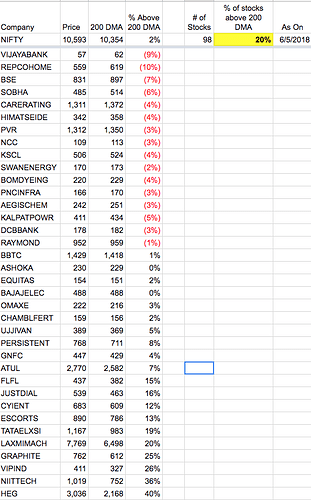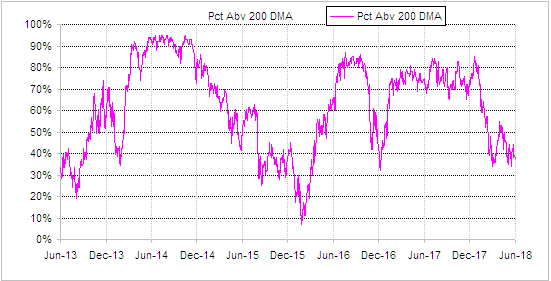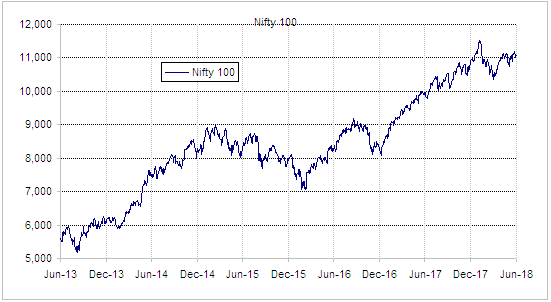As I explained in my previous post, my watchlist is often huge and in a market like this where price are very volatile, many companies bubble up as their prices drop close to fair value level.
All VP favorites are on my watchlist. Here at VP, we have done a good job at finding strong companies but a poor job of assigning a fair value to them. So whenever their prices prices fall, they automatically become good buy candidates
VP Favorites
Avanti Feeds
PI Industries
Mayur Uniquoters
Can Fin Homes
Few others that I am interested or already own
Nitin Spinners
Caplin Point Lab
NGL Finechem
RKEC Projects
PSP Projects
Beekay Steel
Yes Bank
Indiabulls Housing
Salasar Techno
Following list contains good companies that I can consider if price drop further
NOCIL
Apollo Pipes
ICICI Securities
N R Agarwal Industries
Wim Plast
Maithan Alloys
Advanced Enzyme
CSL Finance
Shalibhadra Finance
Aarti Industries
Multibase India
Bhansali Engineering
Ultramarine & Pigments
Kajaria, Cera
Valiant Organics
Eris Life
Atul Auto
Kothari Fermentation
Few companies are on earnings watch to see if there will be headwinds ahead
Ajanta Pharma
Motilal Oswal Financial Services
APL Apollo Tubes
Nesco
There are the ones that are off the top of my head. Many are in the attractive-at-lower-price category. I haven’t listed many good companies whose price is so high that I don’t expect these stocks to even come down to my comfort level. Something that market see that I don’t. These will remain good businesses but bad investments for me.
There are 3 broad criteria here:
- Large opportunity size
- Good Management
- Fair valuation.
You can never get all 3 except for a a brief period at the bottom of a bear market. You can wait for that (if you have that much patience, it will be hugely rewarding) or you can compromise on one of the criteria.
I never compromise on management quality because as such determining management quality is difficult so even when we are careful there will be mistakes. Plus, you can’t put a price on a bad management and discount it in the price. I sometimes compromise on opportunity size if there is good value. Such picks becomes short term (6 months to 1 year) value plays while price catches up with value. There haven’t been many opportunities here since Fed flooded markets with liquidity post 2008 crisis. Since that is ebbing now, there may by some opportunities. Finally, I end up compromising on fair value if I get excited about opportunity size and management quality. Having some extra cash will help here because in a bear market that criteria will be met as well so you can load up.
Disc: Not a SEBI registered adviser. Not a buy sell recommendation. Do you own due diligence.



